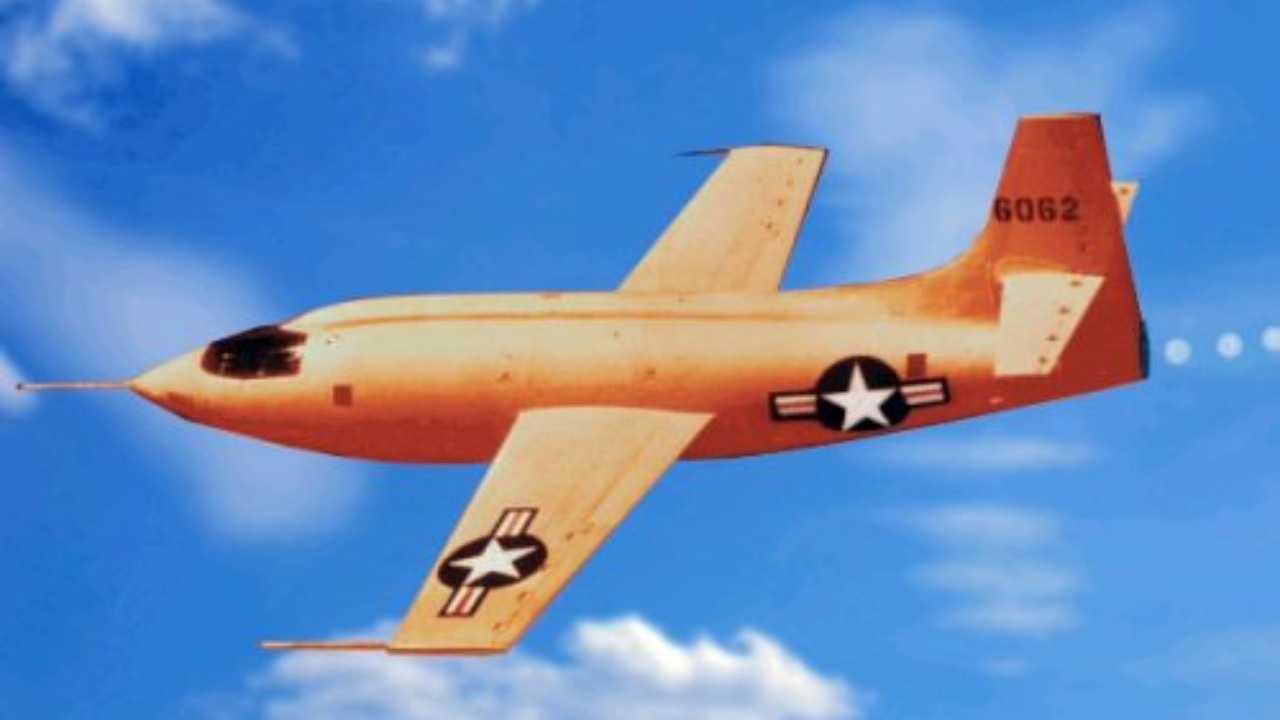
Throughout aviation history, a select group of aircraft has achieved the remarkable feat of breaking the sound barrier. These classic planes represent technological prowess and innovation, leaving a lasting impact on both military and civilian aviation. Here, we explore nine iconic aircraft that have soared beyond the speed of sound.
Concorde
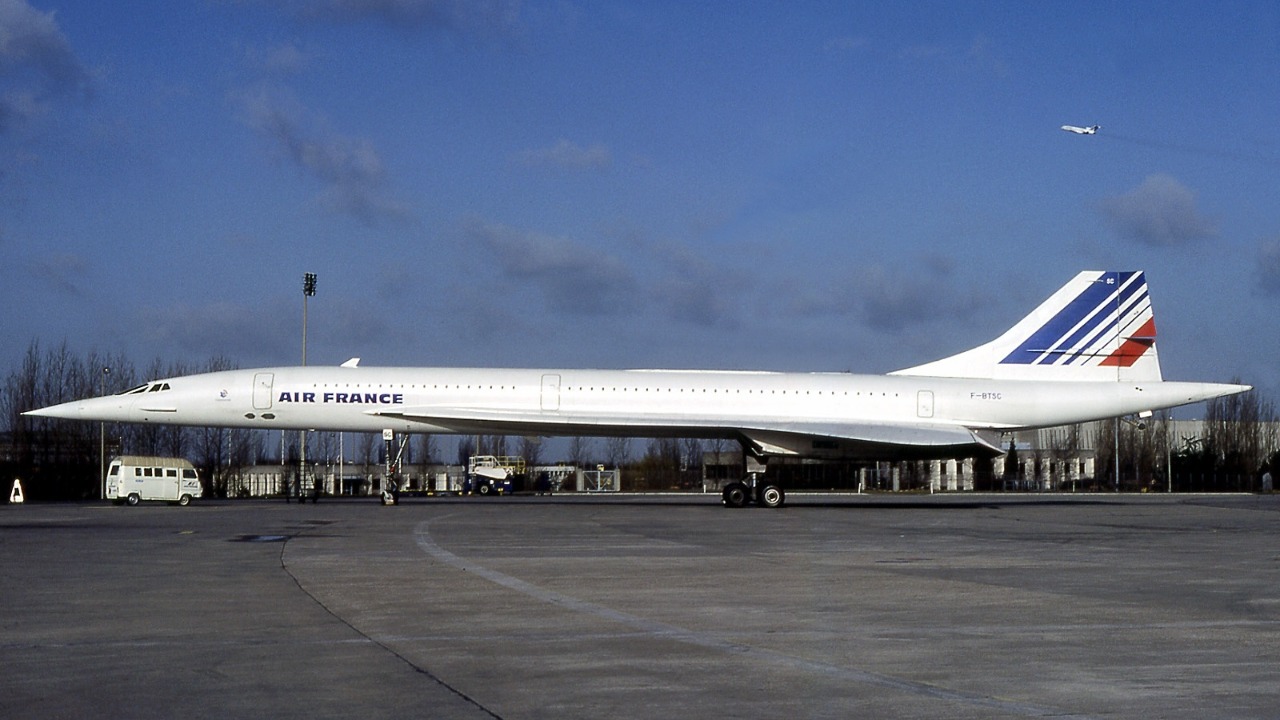
The Concorde remains one of the most famous supersonic passenger jets in history. Developed jointly by British and French aerospace manufacturers, it made its first flight in 1969 and entered service in 1976. Capable of reaching speeds over Mach 2, the Concorde offered transatlantic flights, significantly reducing travel time between Europe and the United States.
Despite its retirement in 2003, the Concorde continues to capture the imagination of aviation enthusiasts. Its ability to break the sound barrier over the ocean is still a topic of interest, especially with recent discussions about lifting bans on supersonic travel.
Bell X-1
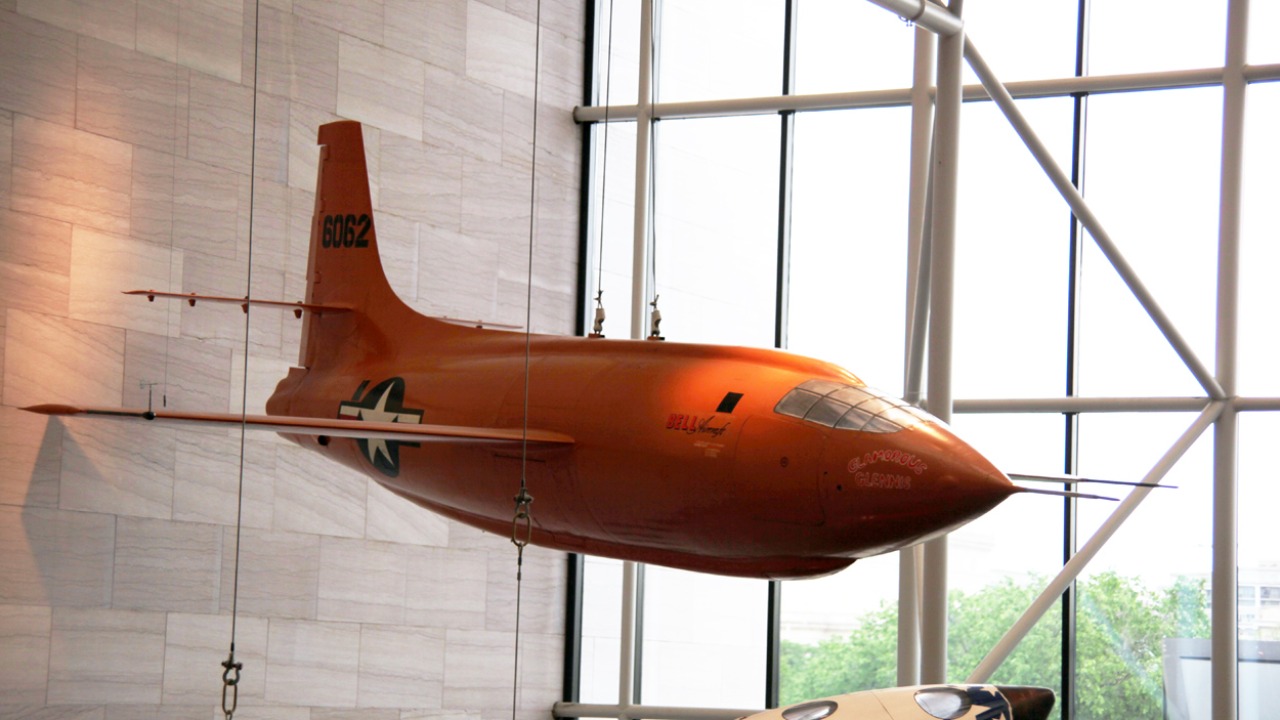
The Bell X-1 holds the distinction of being the first aircraft to break the sound barrier in level flight. Piloted by Chuck Yeager in 1947, this rocket-powered plane achieved a speed of Mach 1.06. The X-1’s successful supersonic flight marked a significant milestone in aviation history, paving the way for future advancements.
Yeager’s historic flight demonstrated the potential of supersonic travel and inspired subsequent generations of aircraft designers and engineers. The Bell X-1’s legacy is immortalized in numerous documentaries and YouTube videos exploring the dawn of supersonic flight.
F-104 Starfighter
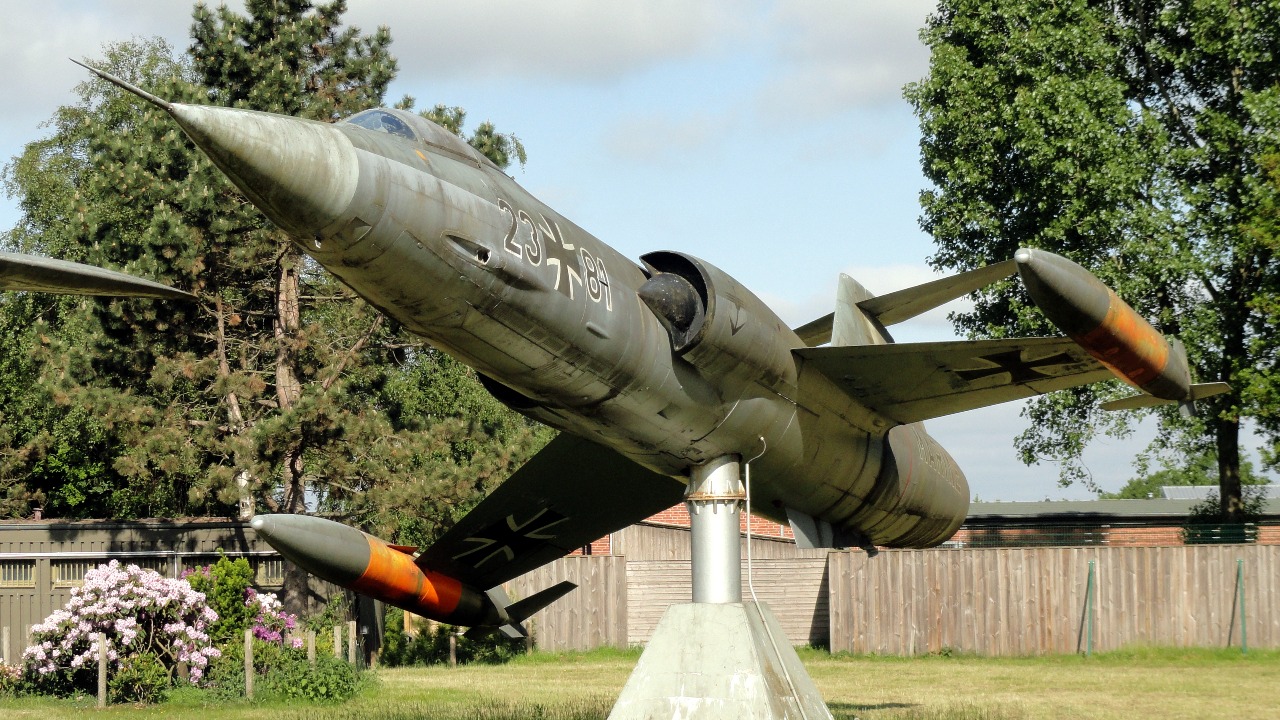
The F-104 Starfighter, developed by Lockheed, was a groundbreaking aircraft in the 1950s. Known for its unique design and extraordinary speed, it could reach Mach 2.2, making it one of the fastest fighters of its time. The Starfighter served with various air forces around the world, showcasing its versatility and performance capabilities.
With its sleek design and impressive speed, the F-104 played a crucial role during the Cold War, providing a tactical advantage in air-to-air combat. Its legacy is still celebrated in aviation museums and publications detailing supersonic aircraft development.
MiG-21
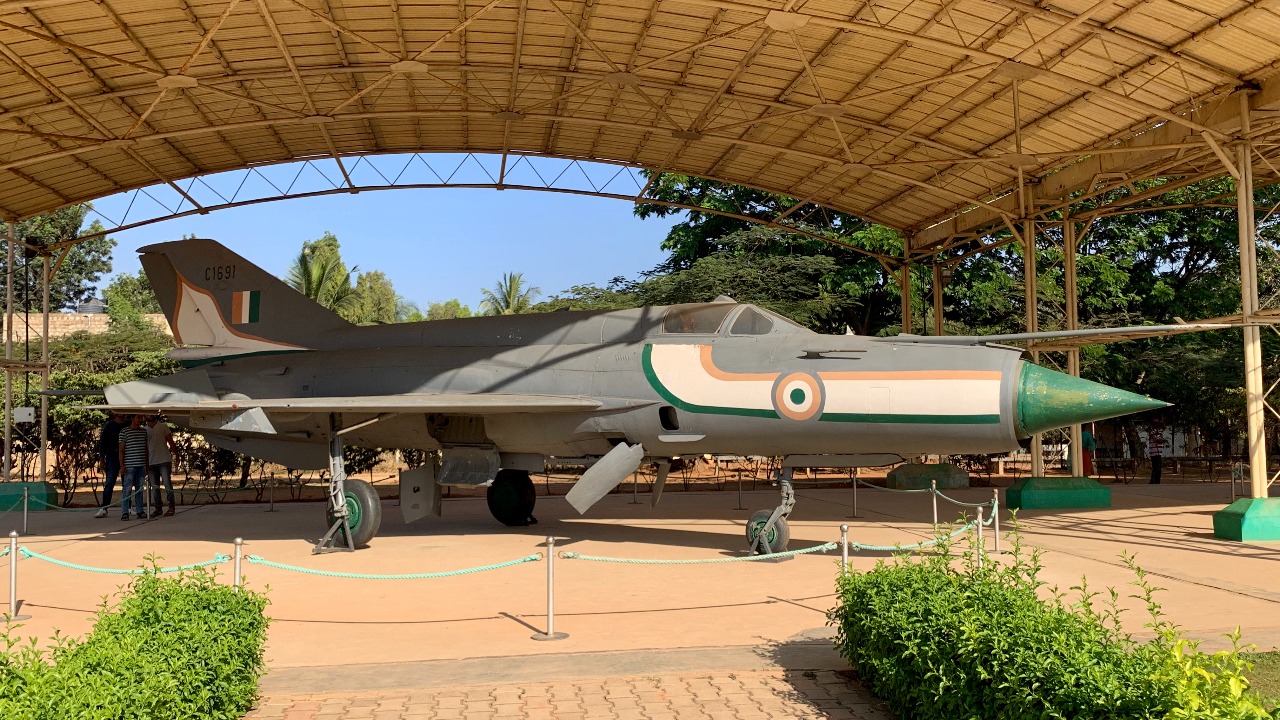
The MiG-21, a Soviet-era fighter jet, remains one of the most produced supersonic aircraft in history. First flown in 1955, it became a staple of numerous air forces worldwide. Capable of reaching speeds of Mach 2, the MiG-21 was known for its agility and effectiveness in combat.
This aircraft’s widespread use and adaptability made it a key player in many significant conflicts throughout the 20th century. The MiG-21’s design continues to influence modern fighter jets, reflecting its enduring legacy in military aviation.
SR-71 Blackbird
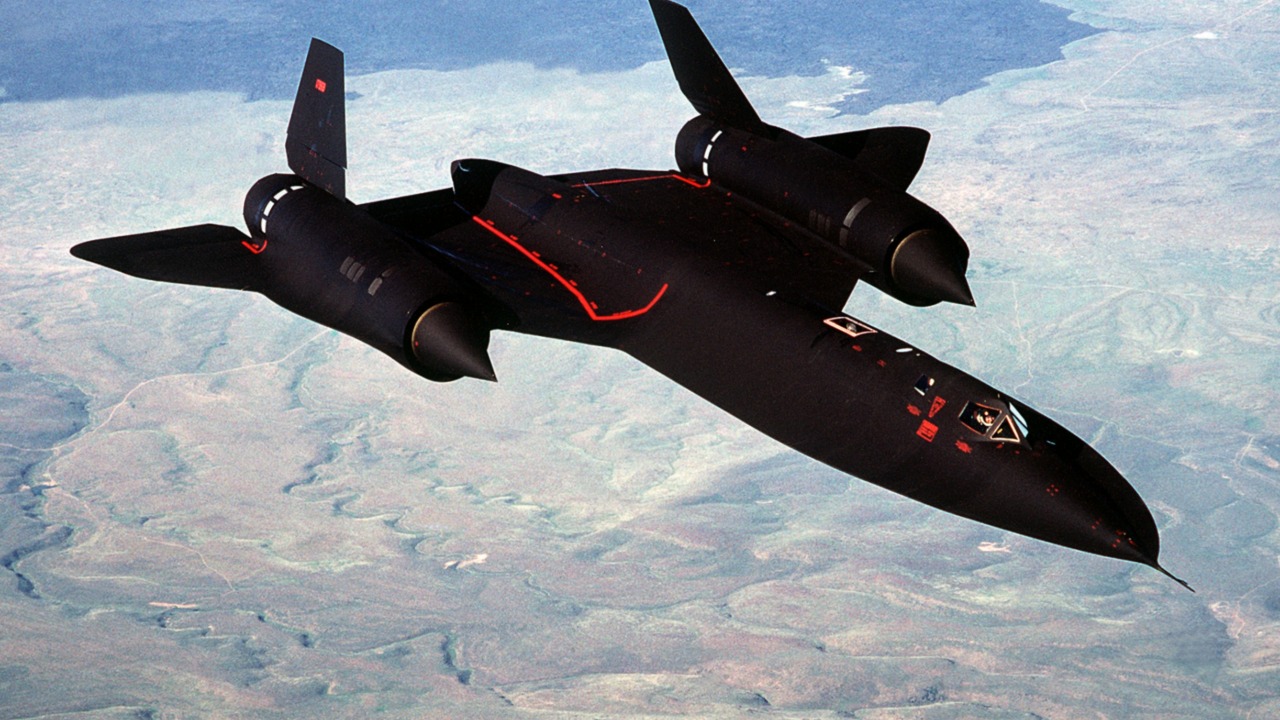
Renowned for its stunning design and extraordinary speed, the SR-71 Blackbird set the standard for reconnaissance aircraft. Developed by Lockheed, it could reach speeds exceeding Mach 3, making it nearly invulnerable to enemy defenses. The Blackbird’s advanced technology enabled it to capture vital intelligence during the Cold War.
Despite its retirement in the late 1990s, the SR-71 remains an iconic symbol of technological achievement. Its ability to operate at high altitudes and speeds showcased the capabilities of supersonic reconnaissance.
F-4 Phantom II
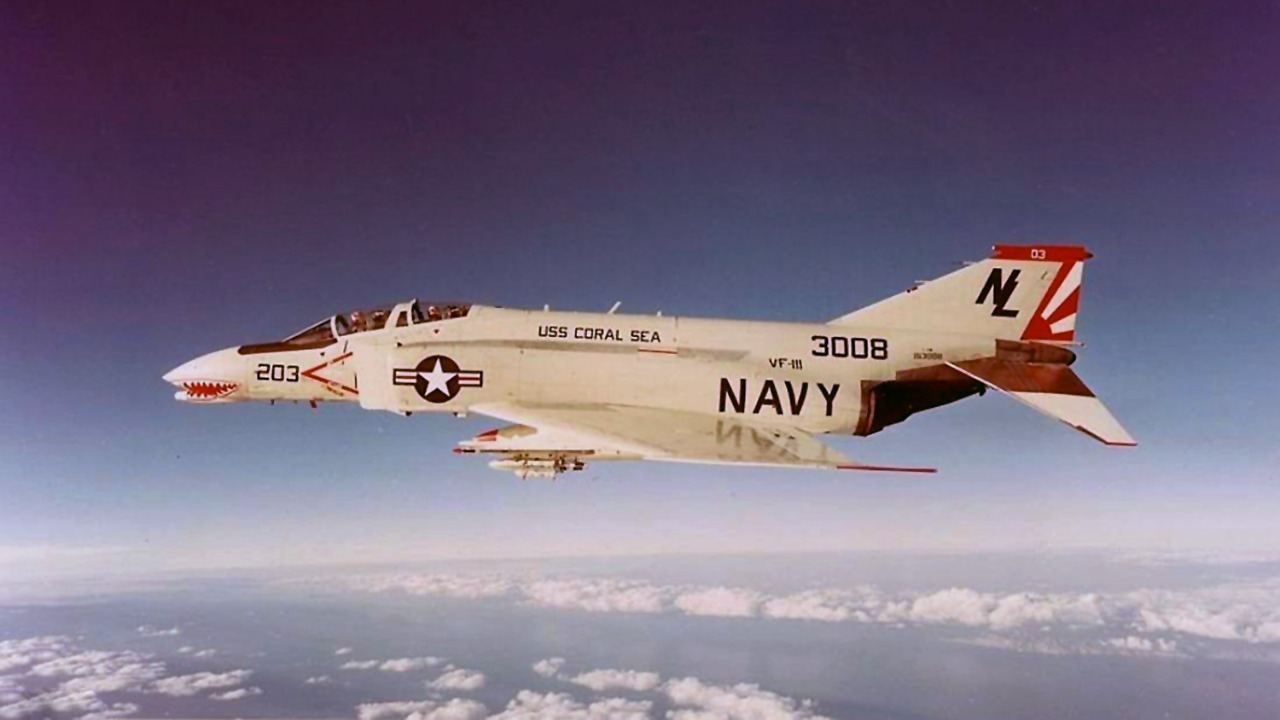
The F-4 Phantom II, developed by McDonnell Douglas, was a versatile fighter jet that played a significant role in various conflicts, including the Vietnam War. It could achieve speeds over Mach 2 and was equipped with advanced radar and missile systems, making it a formidable opponent in air-to-air combat.
Widely used by the U.S. military and allied forces, the Phantom II set numerous speed and altitude records. Its adaptability and performance cemented its place in aviation history as a reliable and effective supersonic fighter.
Dassault Mirage III
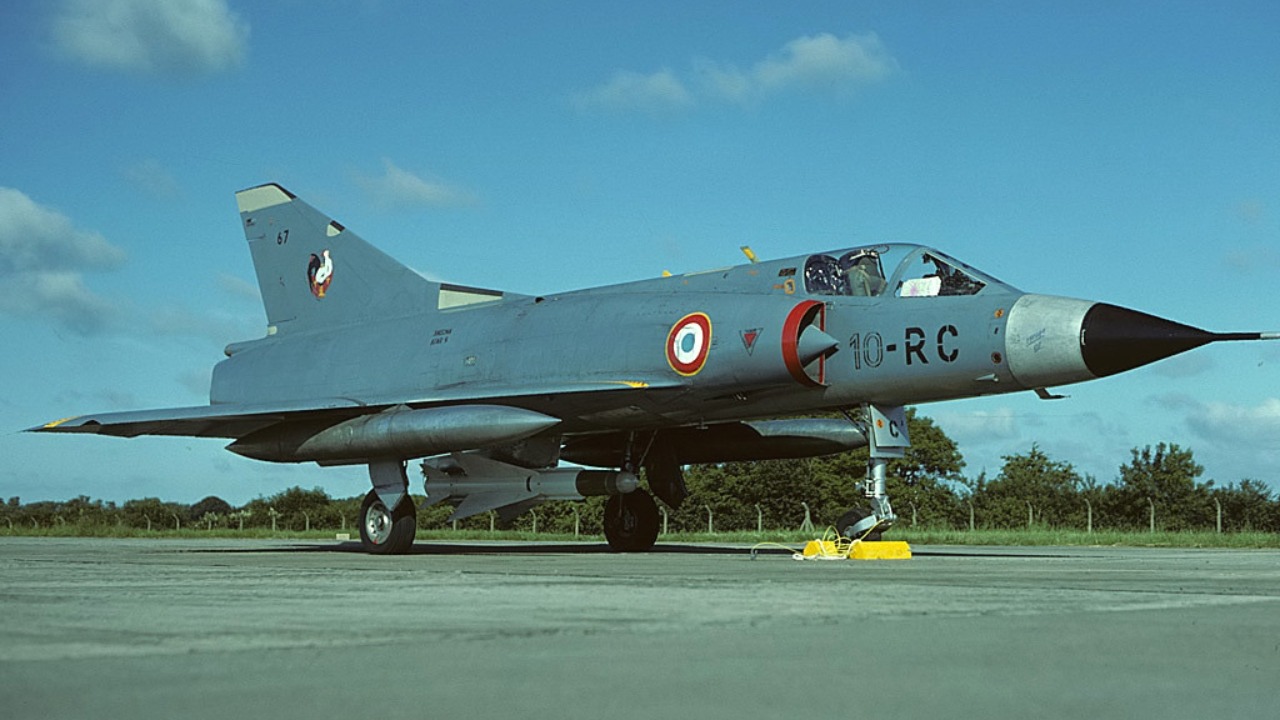
The French Dassault Mirage III was a revolutionary delta-wing fighter that first took flight in 1956. Known for its exceptional performance and speed, it could reach Mach 2.2. The Mirage III was widely exported and used by several countries, contributing to its reputation as a premier combat aircraft.
The Mirage III’s success in various military engagements highlighted its capabilities and inspired subsequent designs. Its influence is still evident in modern fighter jets, reflecting its impact on the evolution of supersonic military aviation.
F-15 Eagle
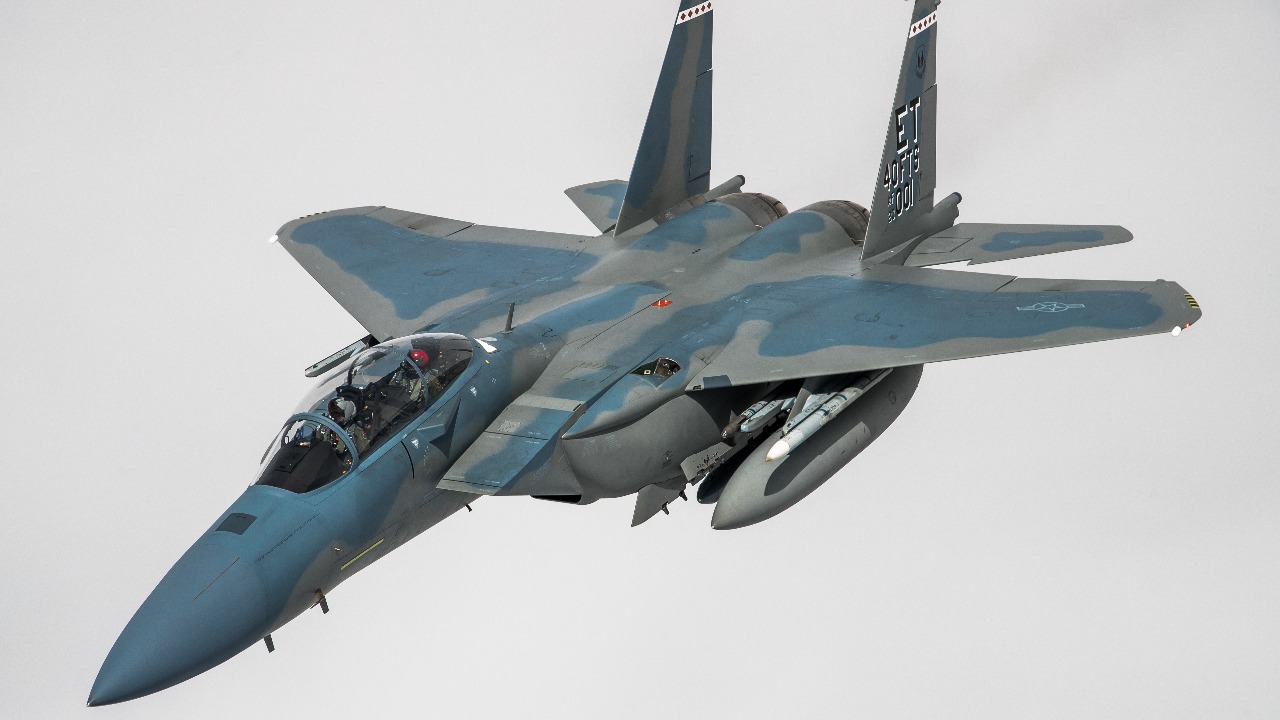
The F-15 Eagle, developed by McDonnell Douglas, is a highly acclaimed fighter jet that remains in service today. First flown in 1972, it can reach speeds over Mach 2.5, making it one of the fastest aircraft in operation. The F-15’s advanced avionics and weaponry have made it a dominant force in air superiority.
With numerous combat victories and an impressive track record, the F-15 continues to be a cornerstone of many air forces worldwide. Its ongoing upgrades ensure its relevance in modern warfare, maintaining its legacy as a premier supersonic fighter.
North American X-15
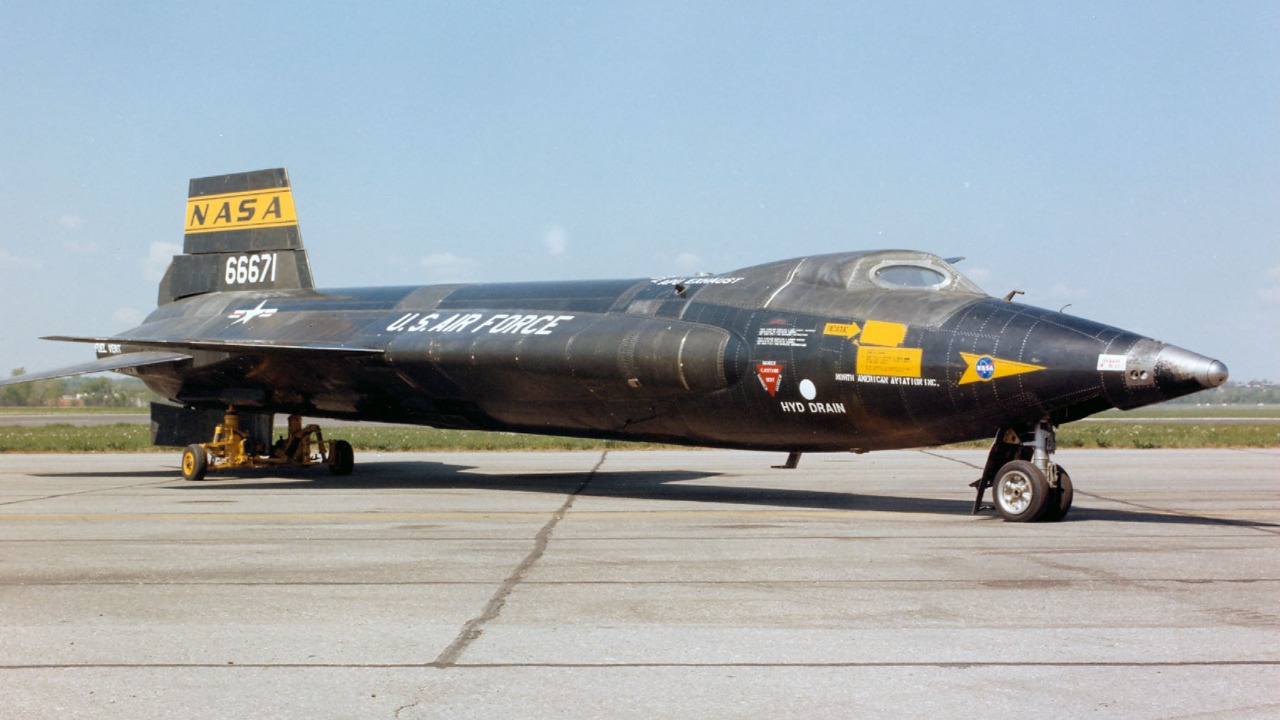
The North American X-15 was an experimental rocket-powered aircraft that set numerous speed and altitude records during the 1960s. Capable of reaching speeds over Mach 6, it was instrumental in advancing our understanding of hypersonic flight and space exploration.
Flown by NASA and the U.S. Air Force, the X-15 provided critical data that contributed to the development of the Space Shuttle program. Its achievements in pushing the boundaries of speed and altitude remain a testament to the innovation and determination of its creators.